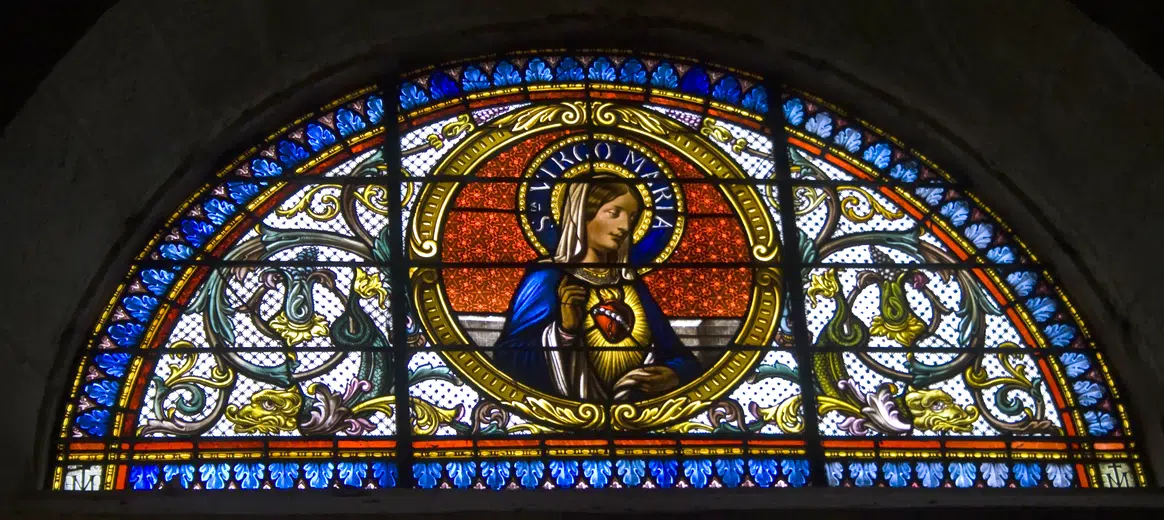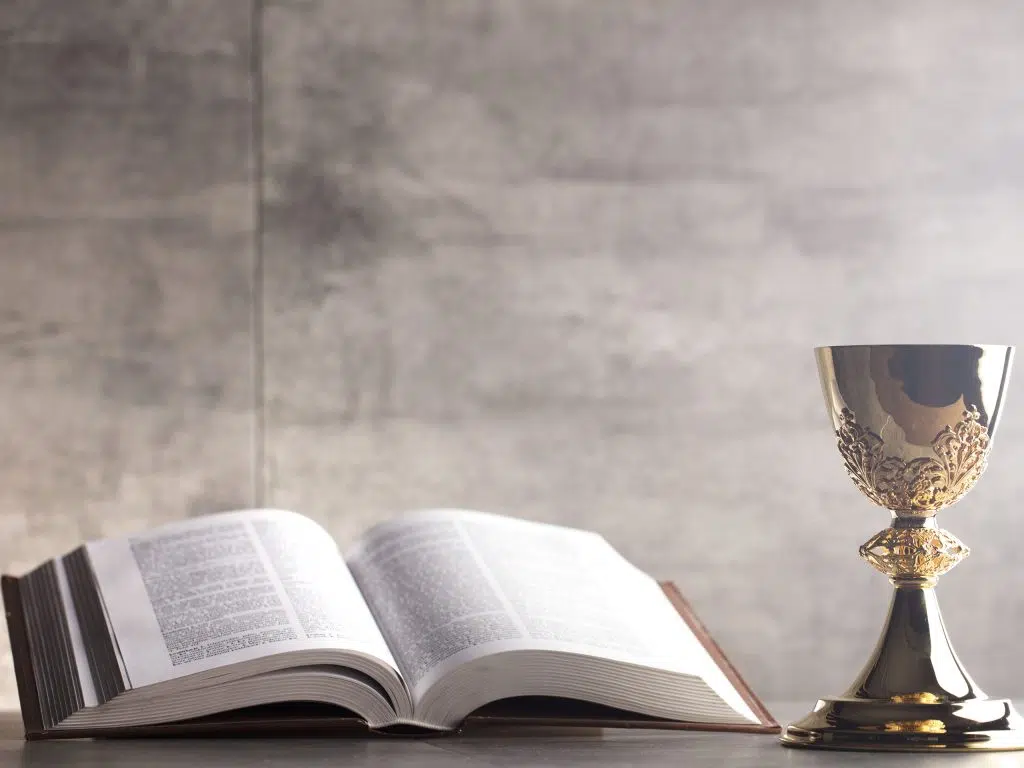Our Lady of Walsingham
Feast day: Sept. 21
On New Year’s Day 2012, Pope Benedict XVI established the Personal Ordinariate, a kind of super-diocese for Episcopalians who have become or are preparing to become Catholics, while retaining some of the liturgical traditions of the Episcopal Church. Bishop Steven J. Lopes is responsible for Ordinariate Catholics across the United States and Canada. There is also an Ordinariate in the U.K and another in Australia.
The Blessed Mother, under her title Our Lady of Walsingham, is the patron of the Ordinariate. For almost 500 years, the shrine of Our Lady in Walsingham in Norfolk, England, attracted throngs of pilgrims, including several kings (Edward I went on pilgrimage to the shrine 11 times).
The story of the shrine begins in 1061, when a noblewoman, Richeldis de Faverches, had a vision of Mary in which the Blessed Mother showed her the Holy House of Nazareth, the home of Jesus, Mary and Joseph. Mary asked Richeldis to build a replica of the Holy House in England. Mary promised, “Whoever seeks my help there will not go away empty-handed.”
Based on what she saw in her vision, Richeldis erected a wooden house. For many years the shrine was a place of prayer for Catholics who lived in the region. By 1153, Walsingham had become a national destination. Augustinian monks built a priory there to serve the pilgrims and encased the Holy House in stone to protect it from deteriorating. Our Lady of Walsingham became one of England’s patron saints, and the shrine the most important Marian shrine in the country.
Erasmus, the Dutch scholar, humanist and close friend of St. Thomas More, visited Walsingham in 1513, when it was at the peak of its splendor. “When you look in you would say it is the abode of saints,” Erasmaus wrote, “so brilliantly does it shine with gems, gold and silver.” Tragically, it did not last. Henry VIII broke with Rome so he could put away his wife, Catherine of Aragon, and marry Anne Boleyn. Next, he closed all the monasteries and convents and plundered their wealth. Walsingham was seized by the king in 1538. The Holy House was burned and the statue of Our Lady was carried off to London to be publically destroyed. All that remains of the priory church today is a single, soaring Gothic arch. Archaeologists have found the foundations of the Holy House nearby.
The shrine began its revival in 1896, when a generous lady, Charlotte Boyd, purchased the little Slipper Chapel, one of the stops for pilgrims on their way to the priory. Boyd had the chapel restored. It remained a private chapel until 1934, when the first Mass since the Reformation was celebrated there and Cardinal Francis Bourne led 10,000 pilgrims on the one-mile walk from the chapel to the site of the priory. Today there is an Anglican shrine and a Catholic shrine at Walsingham, making it one of the few places — perhaps the only place — where Catholics and Protestants come to venerate the Blessed Mother.
Craughwell is the author of the newly released 101 Places To Pray Before You Die: A Roamin’ Catholic’s Guide



Learn from the risen Lord